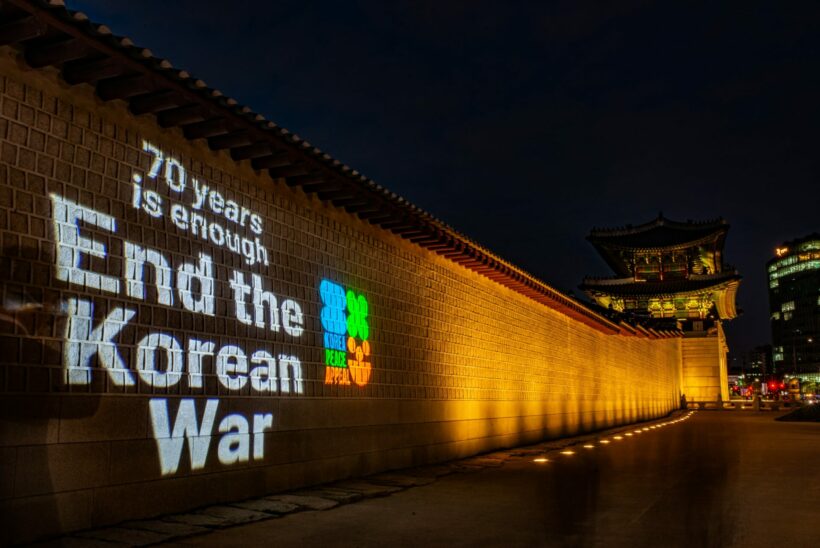2023 marks the 70th anniversary of the end of the Korean War. Still, the US seems not to be done exercising its influence on the Korean Peninsula. The reason? The so-called “New Cold War” between the US and China.
“The US out of Korea now!” Protesters from the US Committee for the Reunification of Korea gathered in Grand Central Station in New York chanting this slogan a day after South Korea’s Prime Minister Yoon Suk Yeol, paid a state visit to Washington D.C on the 28th of April. Demonstrators walked down the streets of the Big Apple in unison with their slogan “Korea is one”.
President Yoon’s state visit to President Biden in Washington sparked several protests around the city organized by Korean committees such as The New England Korea Peace Campaign, Boston Candlelight Action Committee, and Massachusetts Peace Actions. Moreover, small groups of demonstrators gathered in front of the US embassy in Seoul to protest what they called a “violation of South Korea’s sovereignty”.
Even though the meeting clearly reopened a latent issue among Koreans, this is not a new topic. The Trump government which did so much to stoke conflict with China, already put pressure on Seoul to increase US military presence in South Korea by 400%. Even though the Biden government has decided to take a more relaxed approach, the outcome seems to be the same: more military presence and therefore, more money coming out of South Korean’s pockets to support a “war” they do not want to take part in.
Demonstrators of the Reunification Committee, and many others who joined different rallies, made it very clear on the streets of New York; the military presence of the US in South Korea and its political influence are no longer welcomed.
The Biden government with its focus on the Pacific is pressuring South Korea to join the US anti-China bloc. This measure includes education, military, and economic investment from the superpower to the Asian country.
Despite discontent from some sections of the public, the far-right South Korean president does not see it as a threat but as an opportunity to reinforce his ties with Washington. Nonetheless, he’s trying to achieve a balance between the two blocs of this new geo-political landscape. Even though Seoul is highly attached to a security alliance with Washington, the president is making careful moves to not upset his neighbours in Beijing. He is trying to get the best of both worlds. This a strategy worth close observation as it might determine greatly how the conflict develops and put South Korea again as an asset in the midst of these regional tensions.
Even though some demonstrators gathered on opposite sides of the world to fight for the same cause, in South Korea public opinion still finds itself within a current of never-ending paradoxes. In a survey conducted in 2021, the number of those advocating for reunification fell below 50% but it is still seen as a peaceful possibility for many. While the average South Korean considers the current amount paid to maintain a US military presence in the southern part of the peninsula to be excessive, it is generally accepted that the US is a trustworthy partner for security and common aims that match the best interests of the country.
These demonstrators are trying to grow a debate in South Korean society about whether a US military presence is really in South Korea’s best interests.
However this debate develops, history teaches us that walls and fences that are erected to divide people eventually come down. Whether in Yemen, Vietnam or Germany. Like it or not, solidarity, compassion and the humanity of a shared culture, language and history, which in Korea’s case goes back thousands of years, will eventually overcome temporary division.






